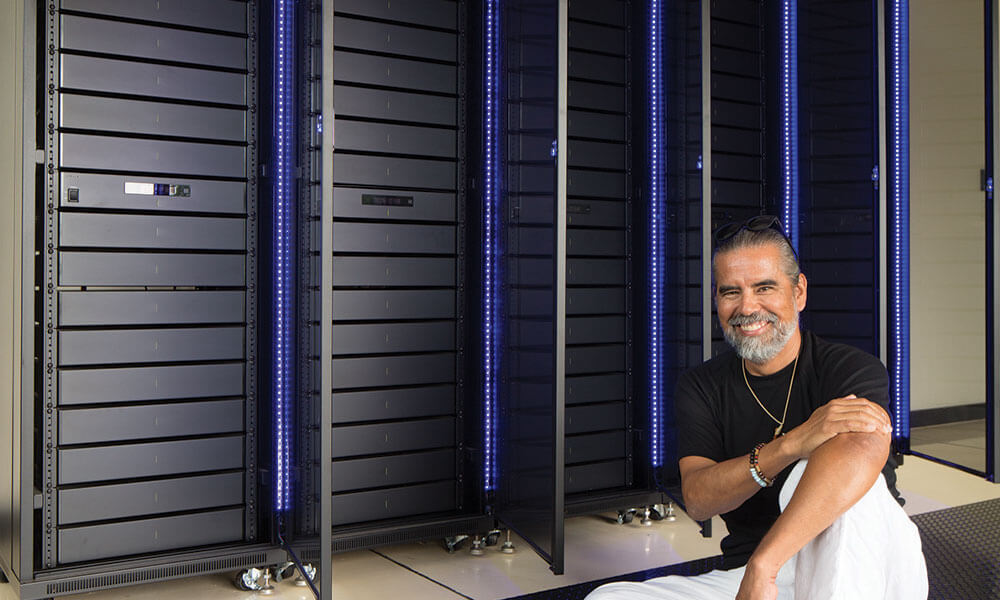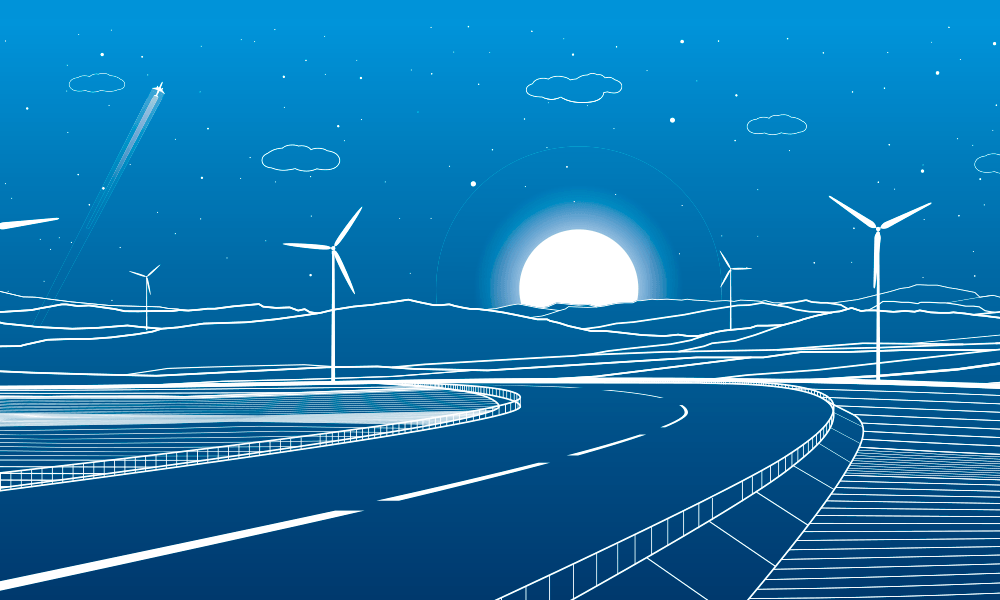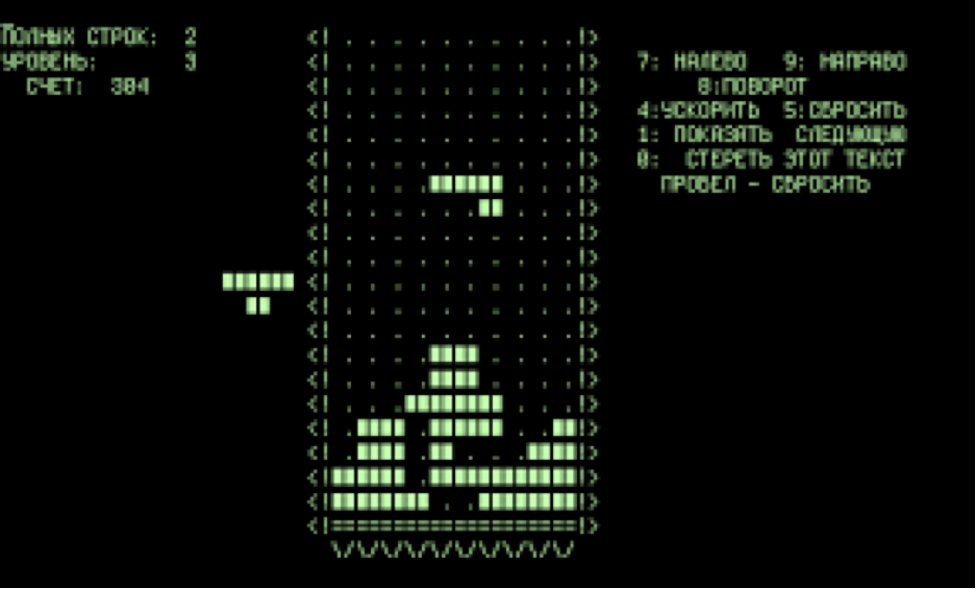Every year, on July 4, I celebrate my independence from the electrical grid. As Blue Planet Energy’s founder and inaugural customer, I have decided to share my off-grid journey with those of you who are curious about disconnecting from the grid. I hope that our experience will encourage you to embark on your own energy independence journeys.
The Problem
Years ago, my non-profit (Blue Planet Foundation) passed a law in Hawaii that incentivized solar panel installations by giving people who added roof-top solar to their house or business some rebates for doing so. We expected to have about 30 megawatts (mW) of panels installed under this program in a couple of years. The reality was that, at the end of two years, we had over 200 solar installer companies in Hawaii and they already installed over 300 mW.
The electric company put the brakes on. They said no more grid-tie solar panels. They could only handle 15-20% penetration of wind and solar on the grid or they would have technical problems handling these intermittent sources of energy. In Germany there is a law that says that the utility must buy all energy produced by such intermittent sources of energy, but it seemed like we hit a wall in Hawaii. It felt like we would end up hitting this wall elsewhere as well.
The only solutions would be to limit the amount of electricity a rooftop solar installation sends into the grid or disconnect altogether. I huddled with my team at Blue Planet Research, the “do tank” (as opposed to a think tank) I started at my ranch.
The Research
We decided to take my ranch on the Big Island of Hawaii off-grid. There are a number of distinct parts to a microgrid system: solar panels, charge controllers, a DC bus, batteries, inverters, transformers, plus all the stuff you have in an on-grid system.
We started with the solar panels. At first, we did a project with the Hawai’i Natural Energy Institute. We tested seven different solar panel technologies made by seven different companies. We wanted to find out which panels were the most efficient and if the result of our testing matched the advertised rating of the panels.
In the end we chose Sharp panels because they would fill the roof, provide enough power and were black, which helped with the aesthetics. My roof fit 360 panels, providing a peak power of 85 kW.
Solar panels need charge controllers to take the variable voltages from the panels and adjust them so that they produce a consistent voltage that the rest of the energy system operates on. In our case, our system runs on 48V DC. We have 20 charge controllers that each control 18 panels. The charge controllers are connected to our 2,400 Amp 48 Volt bus. From there, it goes to batteries, inverters and anything else that runs on DC.
We installed 5 Outback Radian Inverters each of which can output 8 kW each. These devices break down from time to time, which reduces the total output from 40kWh to 32kWh, but does not interrupt our electrical grid.
That leads us to the short-term storage side of the system. We looked for a technology that we thought would be a candidate for energy storage in the future. We chose Vanadium Redox Flow Batteries because you can increase the size of your battery by adding more containers of liquid, which are cheaper than adding battery banks.
Unfortunately, these batteries worked for about a year. The company we bought them from was never heard from again. We ended up with containers of nasty chemicals at the ranch that we still haven’t found a way to get rid of.
I instructed the team that the next batteries we bought would have an environmentally benign chemistry and be made by a reliable company who would still be around in 20 years.
We ended up choosing Lithium-Ferrous Phosphate (LiFePo) batteries made by Sony. Unlike lithium-ion batteries, they are safe and non-combustible. Because of its low cost, non-toxicity, the natural abundance of iron, its excellent thermal stability, safety characteristics, electrochemical performance, and specific capacity, LiFePo batteries have gained considerable market acceptance. Blue Planet Research was one of the first companies to buy these new battery modules from Sony.
The Results
In 2013, we built a 100 kWh (100,000 watt-hour) battery bank. This battery bank has now been operational for 7 years with no problems.
As time goes by, the electrical demands of the ranch have increased. We have two electric cars and an electric lawnmower. So, we added 50 kW of solar panels on another structure, 126 kWh of batteries and 4 solar inverters, which contain charge controllers.
A year later, we took my second home in Honolulu off grid with 24 kW solar panels and 60 kWh batteries. We turned on the system and disconnected from the Hawaiian Electric Company on July 4th 2014. We started our annual energy independence celebration on that day.
After we successfully took my two properties in Hawaii off grid, others asked us if we could help them take their properties off-grid. We soon realized this was turning into a business and formed Blue Planet Energy. Last year, Blue Planet Energy had almost $20 million of battery business. Inc. Magazine recently named us one of the 5,000 fastest-growing privately-held companies in the country. We have over 20 employees, over 200 dealers around the world and we are poised to grow exponentially in the coming years.







